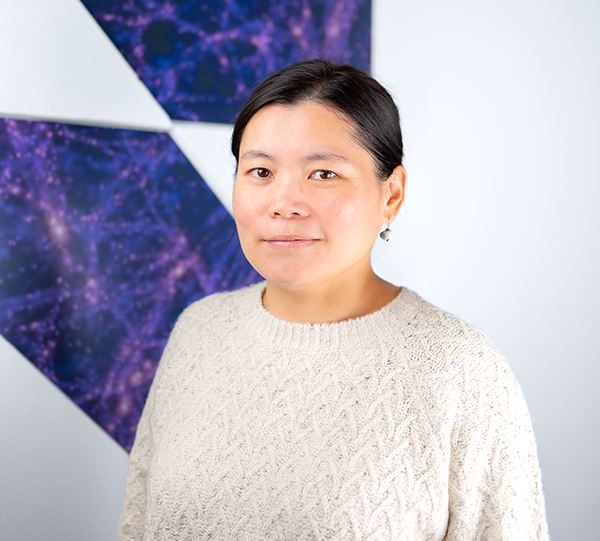Euclid
I am currently a lead of the Galaxy and Active Galactic Nuclei (AGN) science working group within the Euclid consortium. Using the ultra-high fidelity data from Euclid, we can make major advances in many outstanding science questions in galaxy evolution. My research group at SRON has been focusing on a number of aspects. For example, we have worked on identifying accreting supermassive black holes and pinpointing the physical mechanisms that trigger the growth of the supermassive black holes.
Another area we have focused on is the co-evolution between the assembly of the supermassive black holes and the assembly of their host galaxies. We also make extensive use of cosmological hydrodynamic simulations and machine learning tools. The former is reaching increasingly higher levels of agreements with a wide range of observations and is extremely useful for interpreting observations. The application of the latter has exploded in the last decade in astronomy, for a wide range of astronomical tasks. In my group, we have used advanced machine learning tools for galaxy morphological classification tasks, regression tasks, and generative tasks such as super resolution.
AMKID
The large-format sub-millimetre imaging camera AMKID on the APEX telescope in Chile is a ground-breaking instrument with a wide field of view, offering unprecedented mapping speed for conducting large sub-millimetre surveys.



